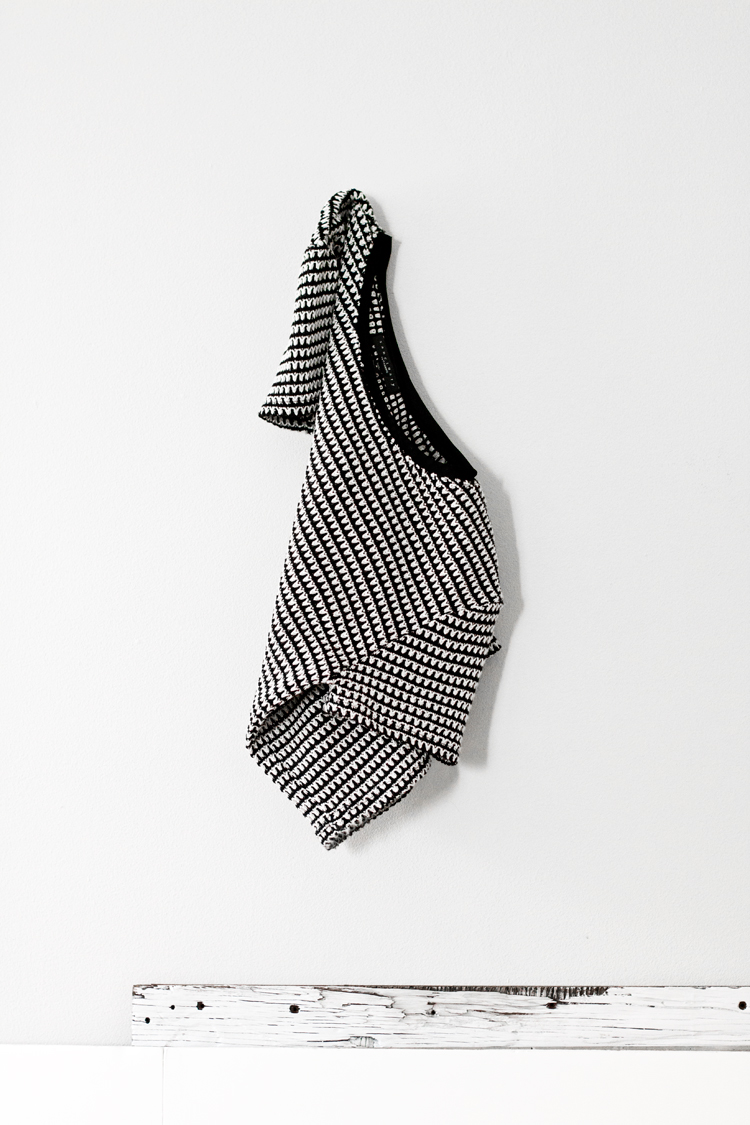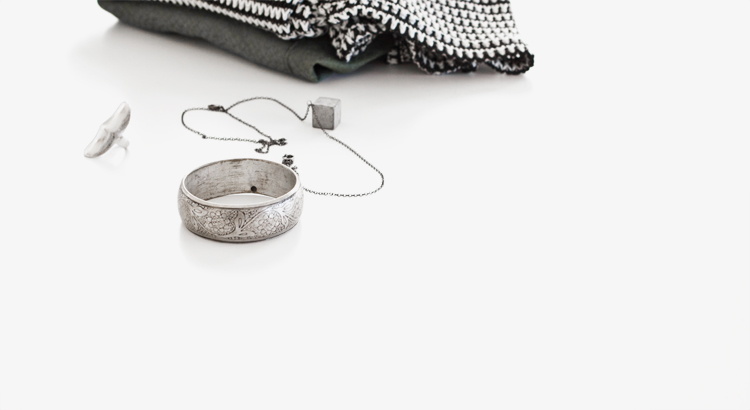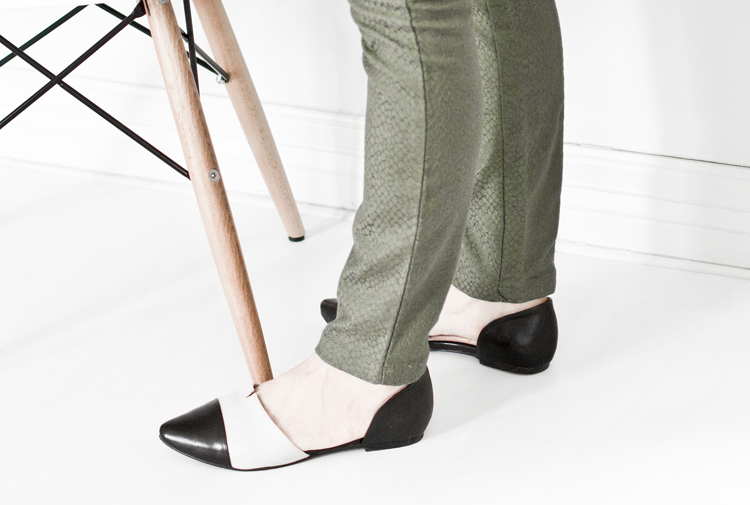



Hello there! Happy Valentine’s Day 🙂 Sharing something new to switch things up a bit. In an effort to get a little more personal on the blog these days, this is the first post of a new series here on Veda House called WORN. I’m not a gal that’s big into fashion or even really keeps up with clothing trends, but I do appreciate a wardrobe that has personality…and a few great pairs of boots 😉
+
Worn / Sanctuary Clothing knit top, Flats by Coupleof, Khaki Skinnies by Gap, concrete cube necklace
by Maple + Mauve, ring and bangle – vintage


